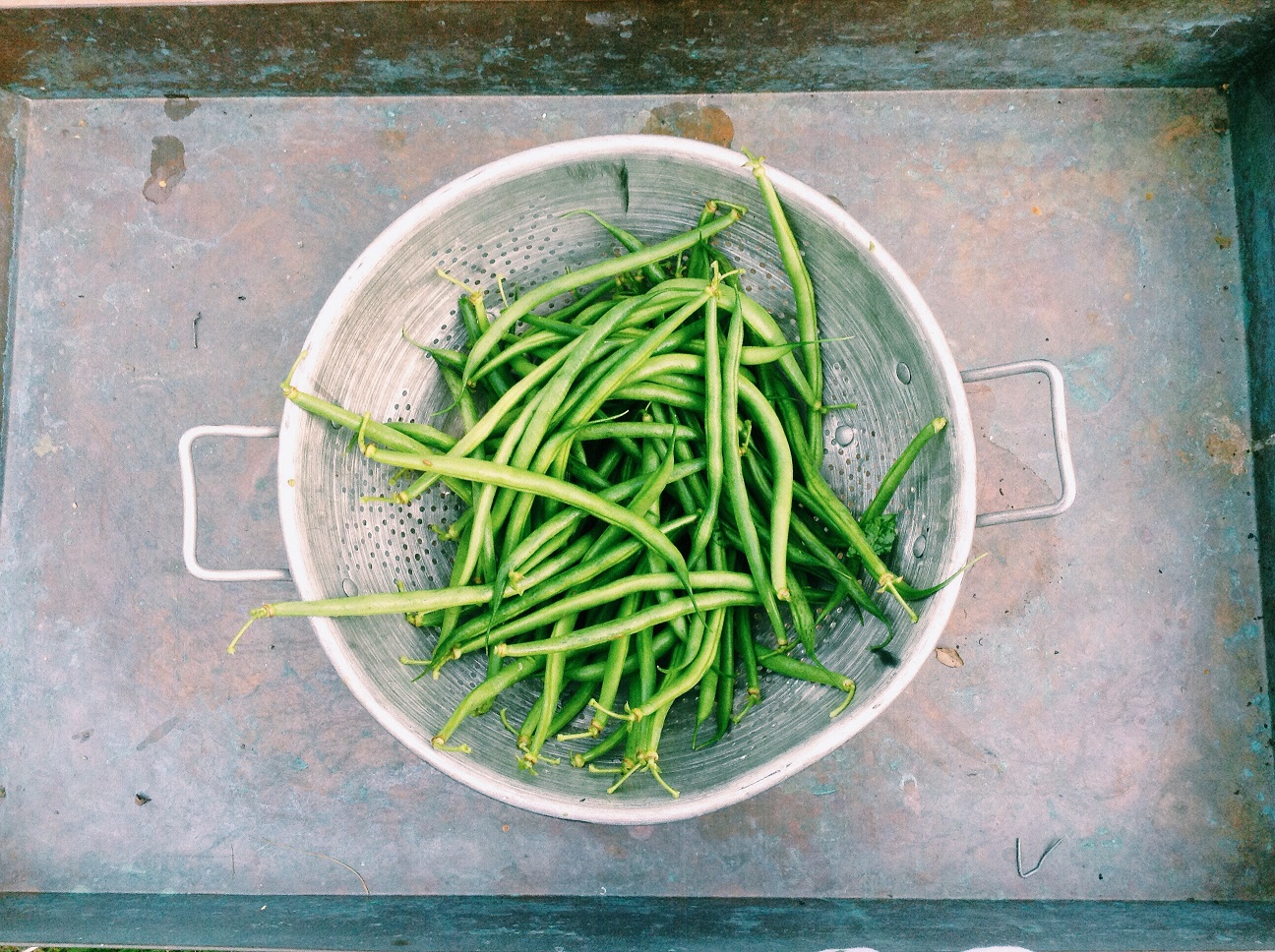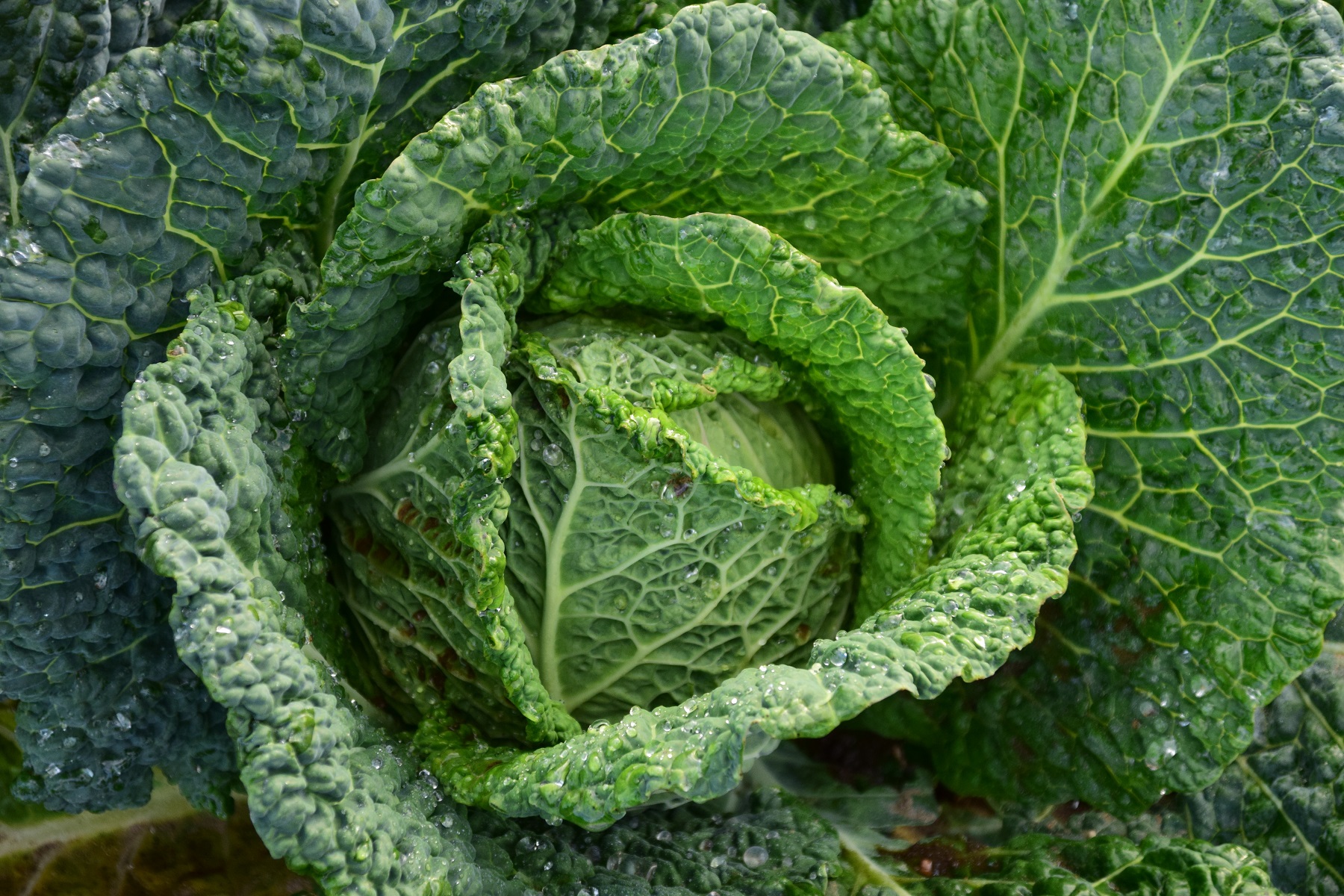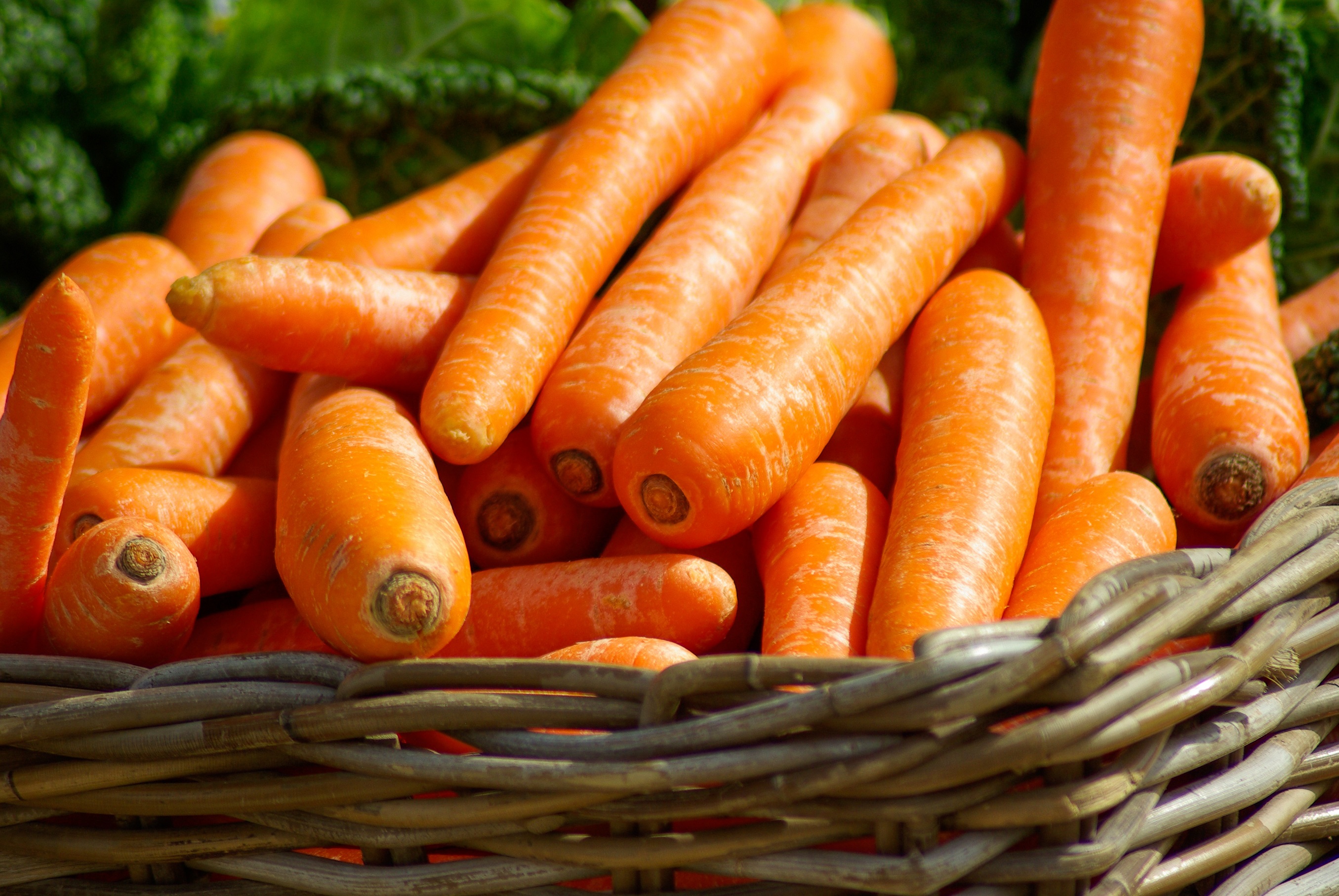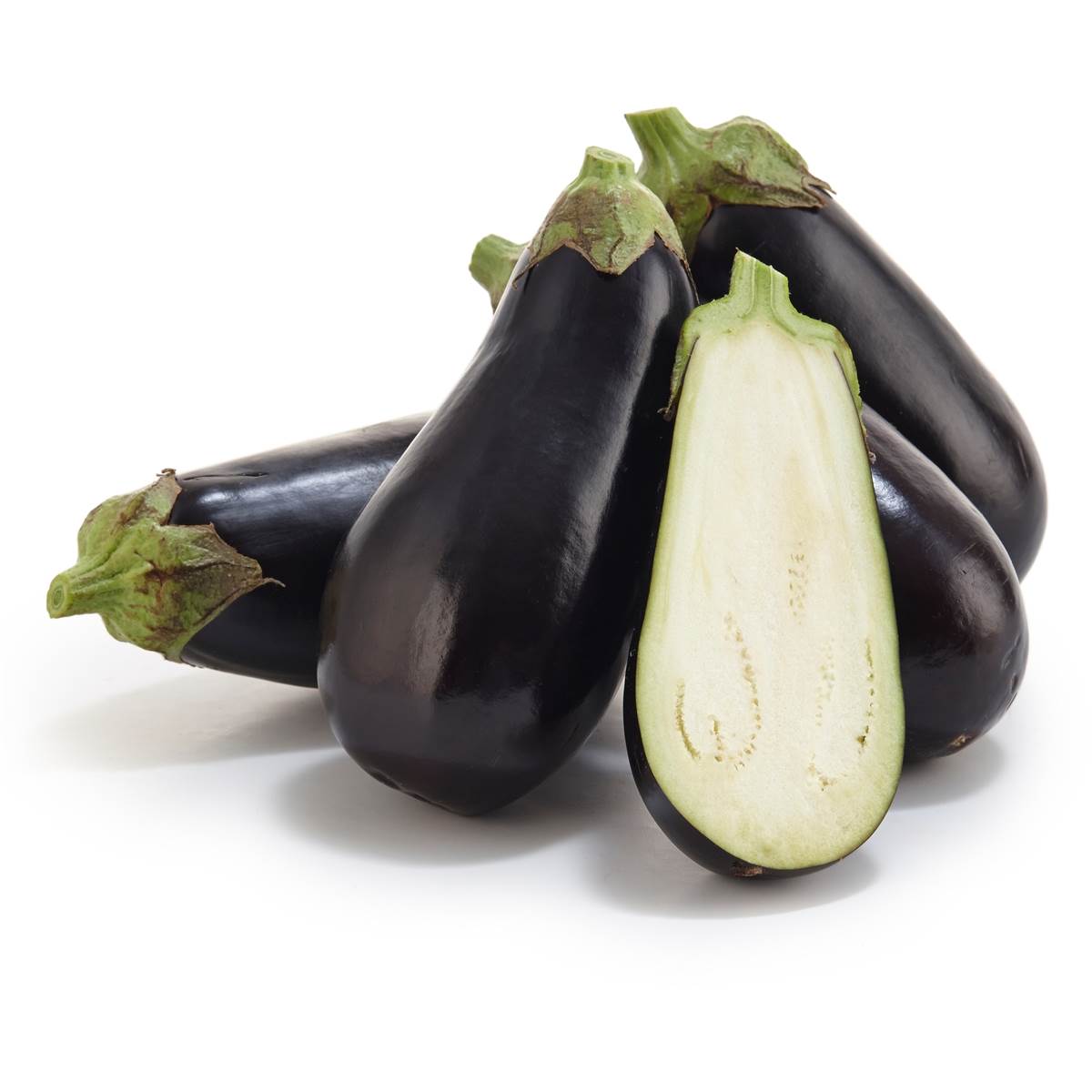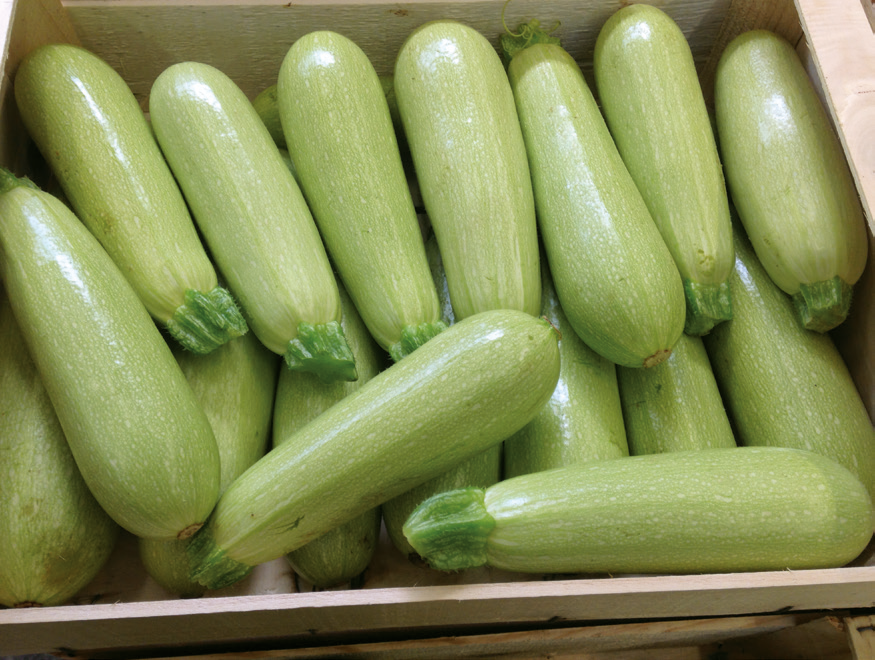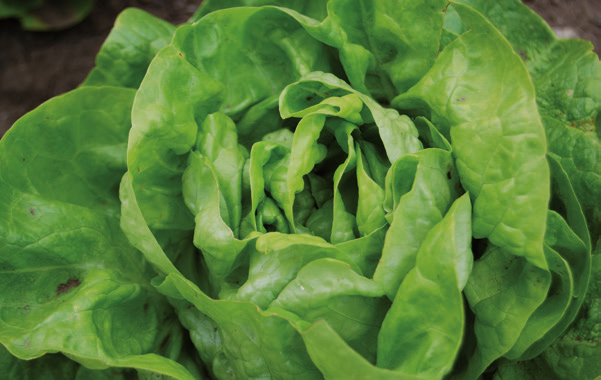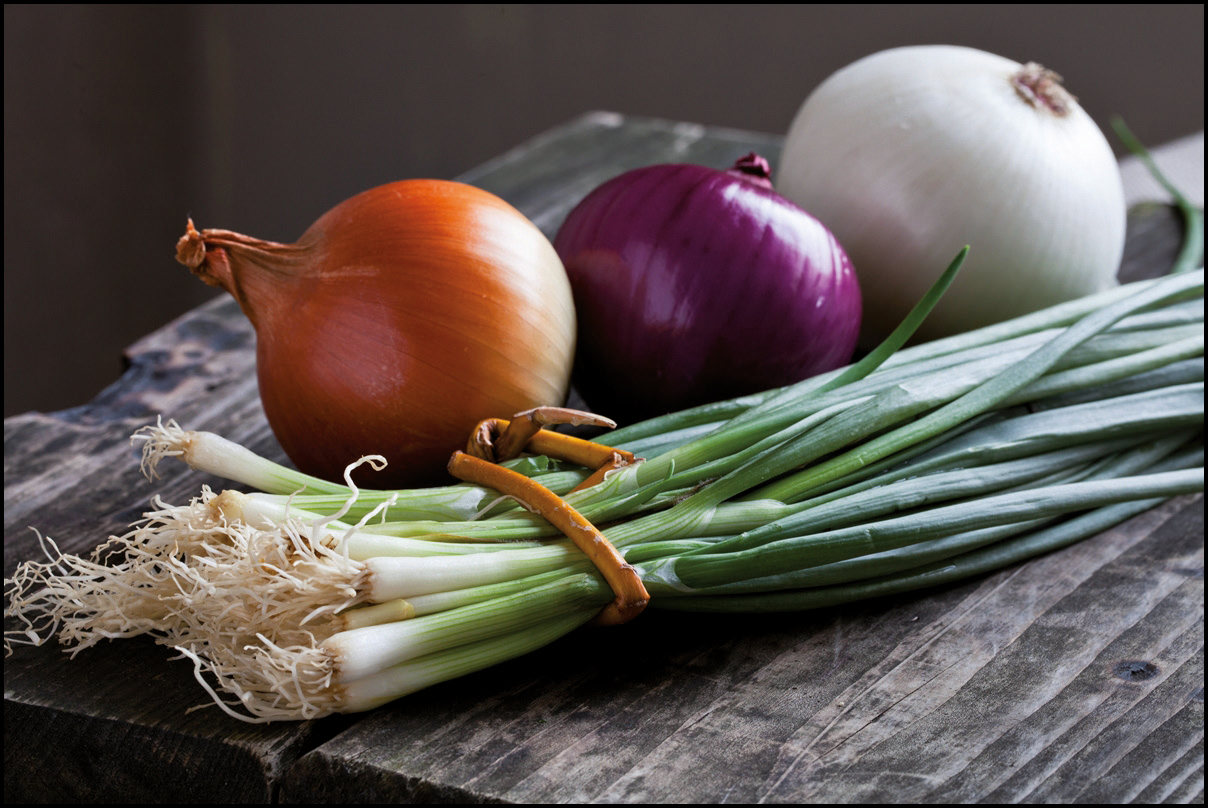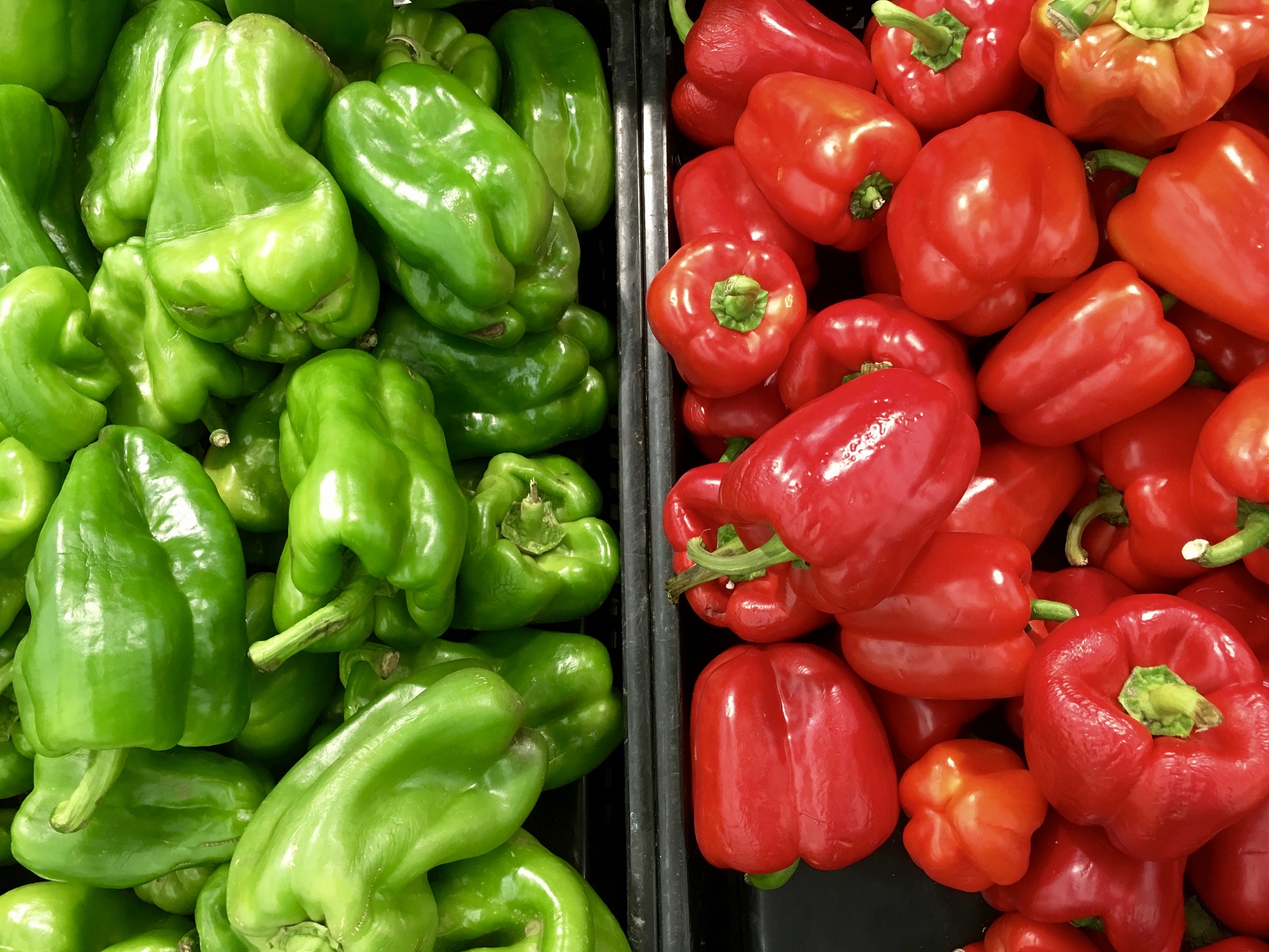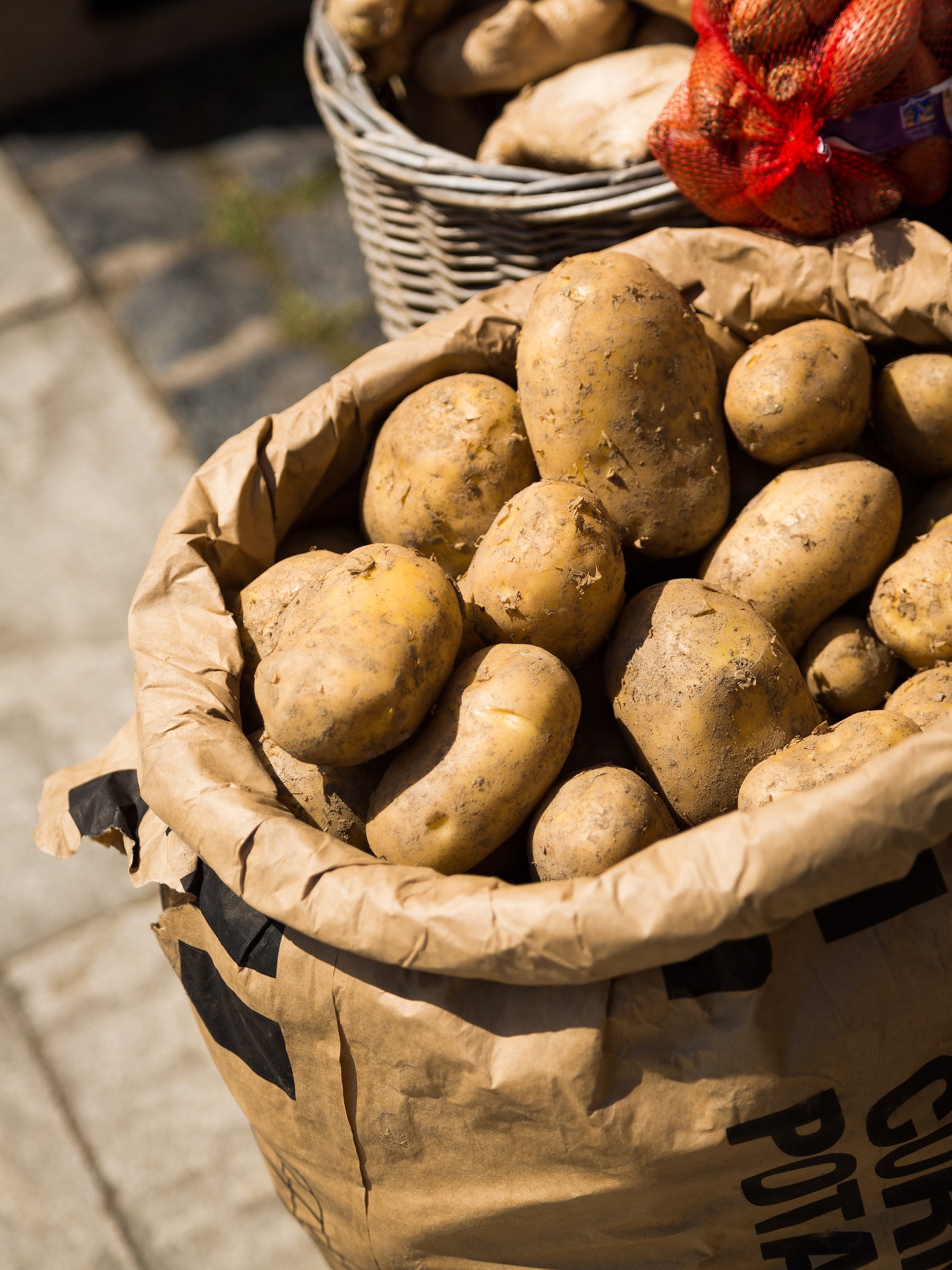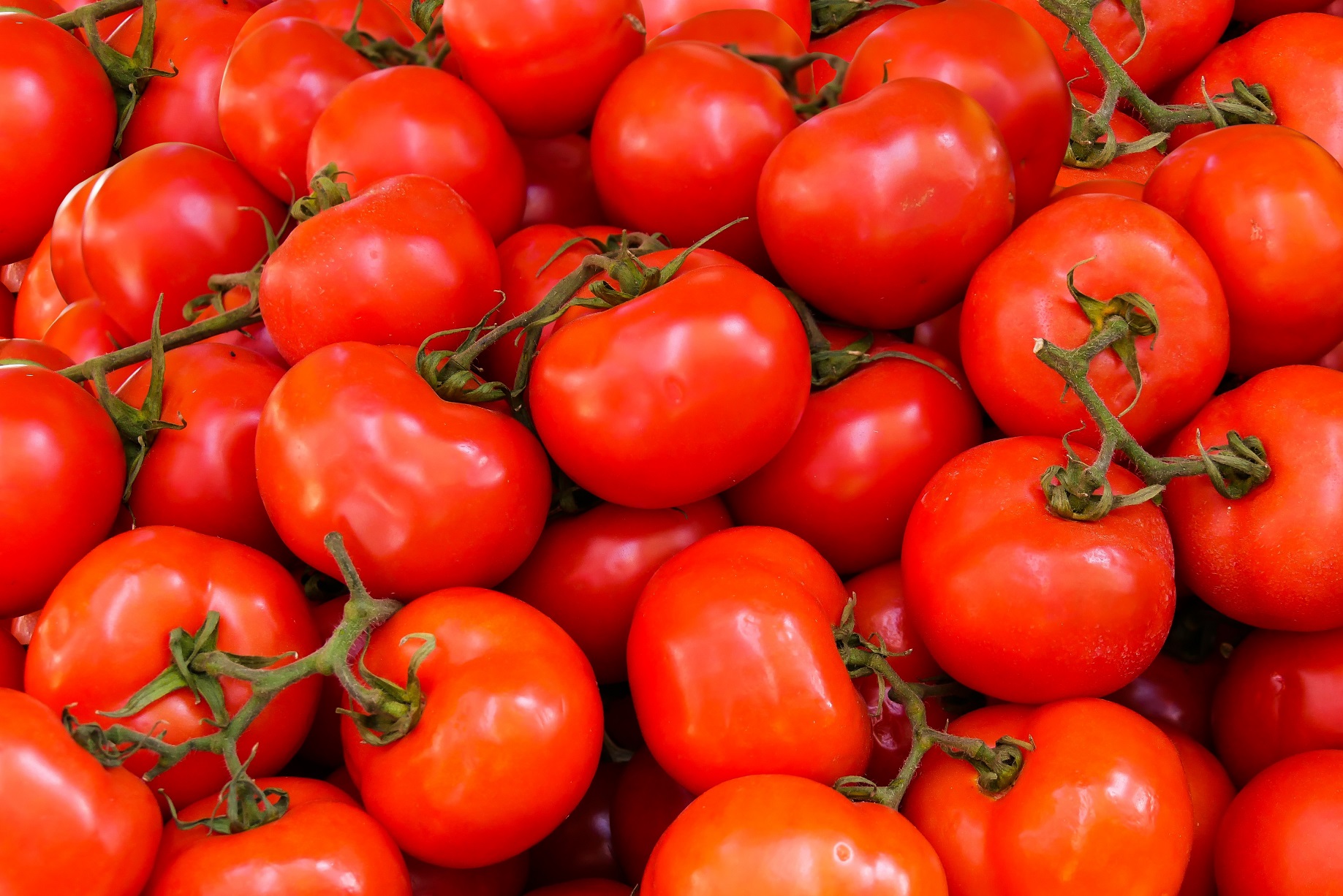Showing all 10 results
Beans
Beans are nutritional powerhouses packed with protein, fiber, B vitamins, iron, potassium, and are low in fat. Beans contain a wide range of cancer-fighting plant chemicals, specifically, isoflavones and phytosterols which are associated with reduced cancer risk. Beans provide the body with soluble fiber, which plays an important role in controlling blood cholesterol levels. Studies find that about 10 grams…
Cabbage
Cabbage or headed cabbage (comprising several cultivars of Brassica oleracea) is a leafy green, red (purple), or white (pale green) biennial plant grown as an annual vegetable crop for its dense-leaved heads. Cabbage heads generally range from 0.5 to 4 kilograms (1 to 9 lb), and can be green, purple or white. Smooth-leafed, firm-headed green cabbages are the most common….
Carrots
Culture is established by sowing directly in the late autumn or early spring field for the early and late carrot for the late crop intended for winter consumption. Potatoes, peas, autumn cereals – for large areas and eggplants, pumpkins, cucumbers, tomatoes, peppers for small areas, from the vegetable garden are recommended as a precursor. Early carrots are harvested in June,…
Eggplants
In the autumn, the land is digested after the abolition of the previous crop and 40-50 t / ha of manure, 300 kg / ha (0,3 kg / 10 m²) and 150 kg / ha of potash are administered. It is deeply embedded in the soil at 30 cm, with the dumbbell or thruster. Eggplants have high claims to heat….
Field Pumpkins
The field pumpkin, scientifically called cucurbita pepo, is an annual herbaceous plant. In Moldova, the vegetable is called field pumpkin, and the Cucurbita maxima is simply called the pumpkin. The plant originates from America, but in the present it is planted all over the globe for the fruit used in the diet. Cucurbita pepo is a hanging plant, the length…
Lettuce
Lettuce is a long day plant. For vegetative growth, it needs a lower light intensity (4-5 thousand luminous), and can withstand early shading at the beginning of vegetation. In long day conditions, correlated with a high intensity of light, it can form floral stems before forming normal skins, depending on the sown variety. Lettuce is also pretentious with respect to…
Onion
Onion is a biennial or triennial plant and is one of the most common vegetables, especially in the south and south-east of Romania. The onion is native to Asia and in ancient times it was believed that onion gives power, being consumed by soldiers before going to battle. In ancient China it was considered a symbol of intelligence. The onion…
Pepper
We sell a wide range of peppers, starting from bell peppers, red peppers, to chili peppers. Bell peppers (Capsicum annuum) are the fruits of certain plants from the nightshade family. They are related to chili peppers, tomatoes, and breadfruit, all of which are native to Central and South America. Also called sweet peppers or capsicums, bell peppers are eaten as…
Potatoes
Potato (Solanum tuberosum) is a herbaceous plant of the solanaceae family with white or violet flowers and underground stems with round, oval or elongated tubers. The plant is grown for these tubers that are edible, rich in starch, which is why they are used in food, but also as feed. The potatoes are from South America, from the Andes Mountains…
Tomatoes
Tomatoes are the main cultures of the solariums; two systems are practiced: the short cycle, which runs from 20 March to 5 April, until 15 to 20 July, and the long cycle is set up at the same time as the short cycle, but the abolition of the culture is done around 15 – 20 September. The optimal rotation of…

